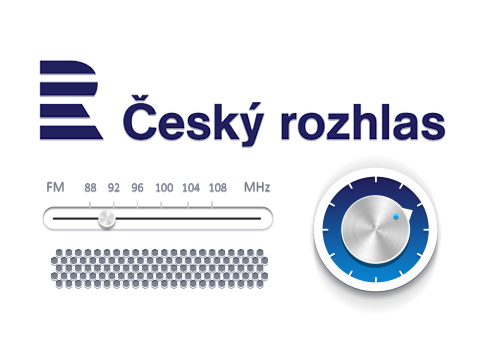O DRUPALU 6
- History and origin
- The then breakthrough and benefits
- New features compared to the previous version
- Important sites that were on that version
- Interesting facts about Drupal 6
History and origin
Drupal 6 was released in February 2008, after just a year of development. Due to the hard work of the Drupal community, 1,600 problematic elements were fixed during the release cycle, which improved usability and increased the security level of Drupal. Thanks to Drupal 6, the fighter (we mean the previous version, Drupal 5) became a strong leader who, among other things, led the official White House website.
The then breakthrough and benefits
One of the main advantages of the new version was the simplification of the whole system - the menu system was completely redesigned and simplified, and the installation was also very easy. Users could start web projects in a matter of minutes. In the installation phase itself, it was also possible to implement your own language, making your work even easier. Considerable attention has been paid to multilingualism. We must not forget the drag-and-drop user interface; it is easy to move certain elements within the system - whether blocks, menu items, dictionaries or terms.
To a large extent, the development of Drupal 6 also focused on topics. Work with the creation of topics was facilitated, the possibilities of their customization were expanded, and support was also strengthened. The jQuery library was further improved to make it easier to write in JavaScript, which was integrated with the advent of Drupal 5. Last but not least, there was, of course, improved performance, which is expected in the case of the new version.
New features compared to the previous version
With the new version of Drupal, new modules have been added to the core. These were, for example, a module used to implement and run customized actions, the possibility of logging in via Open ID or a module informing about the status of security updates that reduce risks for users. New features compared to the previous version. In the area of security, we can also mention a tool that controls the strength of the password or a more sophisticated system of user rights.
As mentioned above, there have been some performance improvement. This was largely due to the optimization of the code in Drupal 6. Most of the modules in the kernel began to be divided into smaller parts and only the necessary ones were loaded. Aggregation of JavaScripts and caching at the block level also contributed significantly.
Furthermore, the Schema API was newly introduced, among other things, enabling better compatibility of default and add-on modules with other databases than MySQL. Last but not least, Drupal 6 also brought the possibility of the command line scripts.
Important sites that were on that version
Given that this is an older version of the Drupal content management system, whose official support has long since ceased, it can be assumed that the following sites are already running on some of the higher versions - the most recent is Drupal 9 released in mid-2020. Drupal 6 was used by the websites of big foreign news stations such as the BBC, CNN or the Reuters agency, as well as domestic stations such as Czech Television, Czech Radio or Prima Television. In the case of Prima TV, it was at one time the largest "Drupal" project in the Czech Republic.
Interesting facts about Drupal 6
Although support for Drupal 6 was terminated in February 2016, 120,000 websites were still running on it by the end of the following year. At present, due to the new versions, it is in decline, but according to statistics, it is still installed by about 32,000 websites, which is graphically shown in Graph 1, in which it is possible to monitor the representation of other versions. The numbers are only indicative, as the indicator is monitored on a weekly basis, but is on the order of magnitude. Current results are always on the official website.

Graph 1: Utilization rate of individual versions of RS Drupal; source.
It is also worth mentioning the fact that drupalists contributed approximately 7,000 modules and 600 topics to the development. The development lasted 13 months, during which time 34 modules became a part of Drupal core. Compared to the Drupal 5, this is a slightly weaker performance, as there were 29 modules in the core at the end, with development lasting only 8.5 months. In this respect, Drupal 6 did not overtake its predecessor in terms of quantity, but it can be assumed that in terms of quality.















